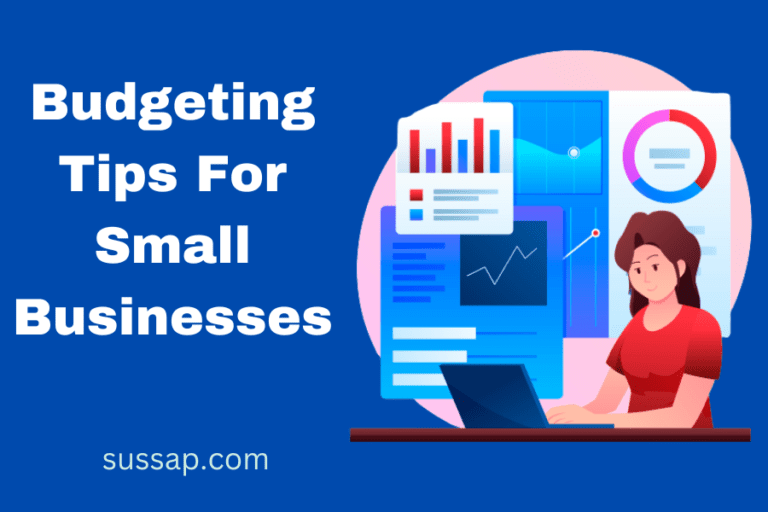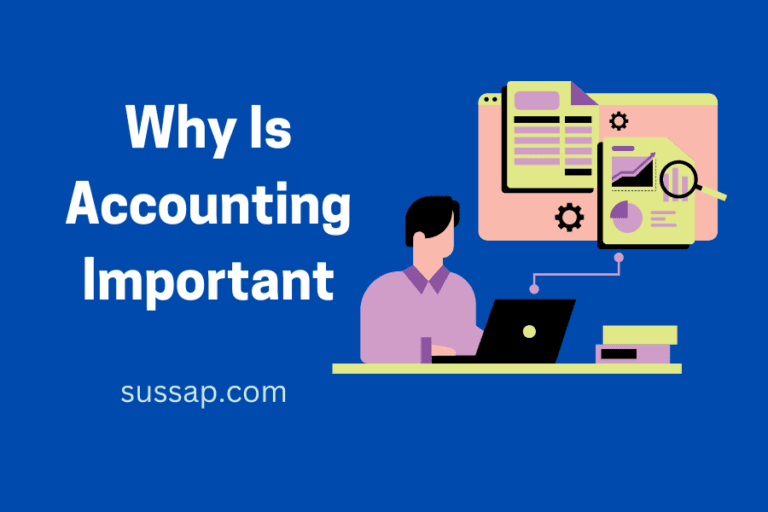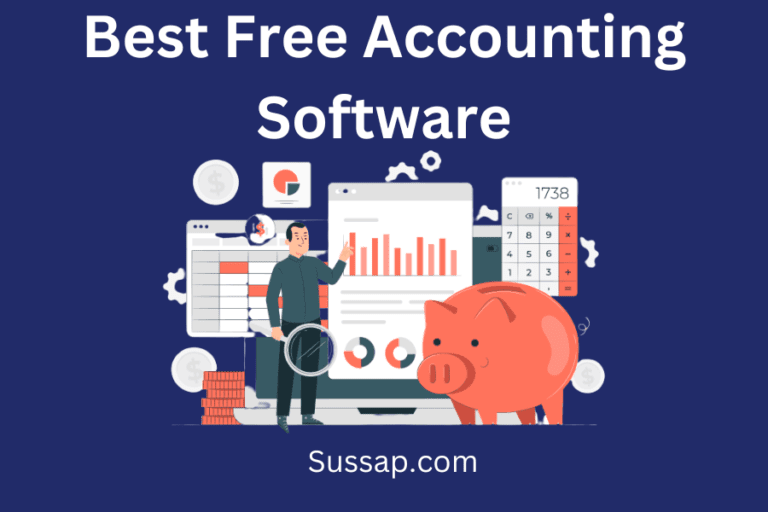The financial side of running a business can be confusing and intimidating.
Knowing the right terms and accounting software can help you understand how your company finances operate so that you can make intelligent decisions about your company’s growth and future.
These basic accounting terms will help you understand the operations of your business, from income statements to depreciation and more.
No matter what type of business you own, knowing the basics is necessary for making strategic decisions about how to grow your company and expand its reach.
Keep reading to learn about 27 basic accounting terminology you need to know as a business owner.

Basic Accounting Terms And Terminologies
Asset (A)
Anything owned by an organization is an asset. It includes tangible property like furniture, equipment, machinery, etc., and intangible property like patents, cash, etc.
Current and non-current assets are the two divisions that classify assets for accounting purposes.
Current assets like inventory and cash have a specific and limited use time.
On the other hand, non-current assets have a longer lifespan and are used by a company indefinitely. Some common examples of non-current assets are intangible assets like patents, trademarks, and goodwill.
Liability (L)
When a business owes someone money, the situation is referred to as a liability. It is the financial incentives that the company has to pay back from whom it has taken.
Liability in accounting refers to the sum of money that a company borrows from another party. For instance, the industry is liable for a loan if a business borrows money from a bank.
Credit (CR)
Credit is the right of a person or company to receive payment from another person or company.
The person or company that grants the credit is a creditor, and the person or company that receives the credit is a debtor. It increases the liability or equity and decreases assets or expenses.
Debit (DR)
It increases assets or expenses and decreases the liabilities or equity of the company.
If you owe someone money, you have a debit.
A debit reduces the amount of money that you owe, so it’s essentially the opposite of a credit. When you have a debit, you have to pay someone back. When you have a debit, paying it off as quickly as possible is best.
Account Receivable (AR)
Account receivable is the money you must receive from customers for their purchases.
If someone needs to pay your money, you have an account receivable. A receivable is money someone owes you, and it’s considered an asset on your books.
For example, if a customer needs to pay you $100 for a product, then you have an account receivable.
Account Payable (AP)
Account Payable is the amount of money you must pay suppliers in exchange for purchases you made as a business owner.
An account payable is money you give to your suppliers and customers, and it’s considered an expense on your books.
Book Value (BV)
Book value is your assets’ net value, which should be included in your balance sheet.
Equity (E)
Equity is a stake in your company that comes from investors. It is generally equal to the net asset minus the net liability.
Cost Of Goods Sold (COGS)
The cost of goods sold is the sum of money spent over a specific period on purchasing inventory.
The purchase price, freight, insurance, and other costs are all included in the price of an item. The total cost of a particular item sold during a period is the cost of goods sold.
Inventory
Inventory is any goods your company has on hand that it expects to sell. Keeping track of inventory is essential, as running low on inventory is a major cause of slow store sales.
Depreciation (Dep)
Depreciation reduces the value of assets over time. This method of accounting is most commonly used when companies own assets like computers, vehicles, or machinery.
Let’s say you own a machinery business and purchased a piece last year. Since you own the machine, its cost generally reduces over time. It decreases the value of the assets of the company.
Expense
An expense is the money spent and the cost incurred by a business to generate revenue.
Revenue
Revenue is the total income the business generates by selling goods and services.
The most common type of revenue is sales revenue. When you sell goods or services to customers, you’re receiving revenue from their purchases.
Gross Profit (GP)
Gross profit is the profit you receive from sales minus your cost of goods sold. It doesn’t include other expenses.
Gross Margin (GM)
Gross margin is the gross profit represented in percentage.
For example, if your gross margin is 60%, your revenue is $100. It means you paid $40 for the goods you sold, making your gross profit $60.
Net Profit (NP)
Finally, net profit is the gross profit minus expenses and taxes. This is the amount of profit that shows how much you made after all expenses.
You can use the net profit percentage to show the amount of profit as a percentage of revenue.
Net Margin (NM)
Net margin is the percentage representation of net profit.
For example, your revenue is $100, gross profit is $60, and expenses are $20. It means your net profit is $100-$60-$20= $20. And your net margin is 20%.
Cash Flow (CF)
Cash flow is the net amount of money entering or leaving the business. It results in increasing and decreasing the amount of money in business.
Interest (I)
Interest (I) is the charge for borrowing money from a bank or lender. Interest is calculated by multiplying the principal amount of a loan (P), interest rate (R), and period (T) and dividing by 100.
I = (P*T*R)/100
For example, the interest on a $2,000 loan will be $200 per year at 10%.
Payroll
Payroll is the money you pay your employees each month, week, or hour to compensate them for their work.
Payroll includes money you pay them in cash and their wages, vacation time, and other benefits.
Goodwill
Goodwill is the value of a company’s assets that exceeds the company’s assets. Simply, it is the premium over the actual value of the company.
It is an asset that a business owns but whose value exceeds the sum owed to creditors. It is regarded company’s non-financial assets.
Return On Investment (ROI)
The Return on Investment (ROI) is a measure of the financial success of an investment.
The ROI measures the annual profit made by an investment compared to the cost of making that investment.
The formula for calculating return on investment is Profit/Investment.
Journal Entry
A journal entry is an entry you must make in your accounting system to indicate an event or transaction that has occurred. The purpose of the journal entry is to provide a record of the trade that happened.
Journal entries are used to control the accounting records, as well as to keep track of the financial activities of your business.
Ledger
A ledger is a book used to record a business’s financial transactions. It is also called a cash book or an account book.
A ledger is typically used to record transactions in a particular business account. The information recorded in the ledgers can be used to calculate profit and loss and make future forecasts.
Trial Balance
A trial balance lists all debits and credits, such as assets, liabilities, and owner’s equity accounts, at a particular time.
The trial balance is used to prepare the financial statements and compare them to the actual financial statements to determine any errors or omissions.
Profit Loss Statement (P&L)
A profit and loss statement (P&L) shows the income and expenses of the business. The purpose of this statement is to indicate how much profit or loss each department made in a particular period.
Balance Sheet (BS)
A balance sheet is a financial statement listing a company’s assets and liabilities. It displays the overall health of the company’s finances.
The balance sheet determines the value of your assets and the cost of purchasing. Additionally, it displays the assets you own and your current cash balance.
Also Read:






